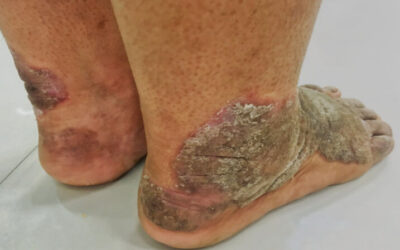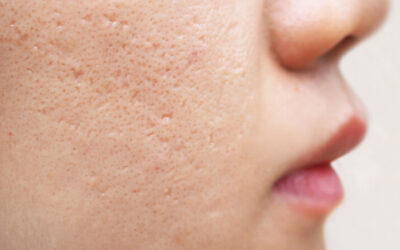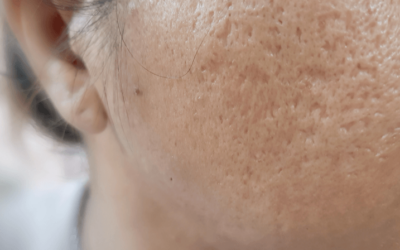The skin deals with a lot of breakouts and distress coming from different types of conditions.
One of the most common is the formation of a pustule, a small patch of fluid that commonly appears on the face.
Pustules are typically harmless and can heal over time. However, there are instances when they form into a more bothersome state.
This article gives you a general idea about pustule, its symptoms and forms, and various treatments depending on the severity.
What is a pustule
Pustules are small white patches on the skin’s surface with fluid or pus inside. They appear to be white bumps with skin redness surrounding it.
The bumps are often mistaken for pustule pimples but they differ due to size. Pustules tend to get bigger compared to tiny pimples.
These are common among teenagers and young adults due to hormonal changes in the body.
Where do they occur?
The skin condition appears in different body areas such as the face, neck, chest, and back. Pustules also pop up in clusters in these areas.
If you see these patches on your skin, you can contact one of our dermatologists at Skin Cancer Specialists for an initial consultation. Our healthcare providers are ready to evaluate your skin condition and provide treatment to prevent it from worsening.
What causes pustules to form?
There are several reasons why this skin infection appears on the skin’s surface. They may be triggered by other skin diseases, infections, and environmental allergens.
These are some pustule causes:
Acne
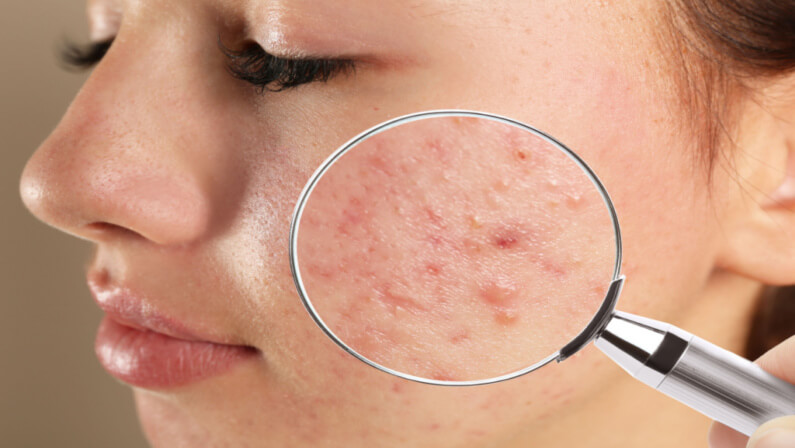
Some may refer to these bumps as pustule acne. But what is pustule acne? The blemish is common in different types of acne. Acne is a common skin condition that happens when the pores are clogged with extra oil and dead skin cells, causing skin inflammation and breakout—the blockage results in skin bumps or pustules.
Psoriasis
Red patches and silver scales characterize this skin condition. Stress, abrasions, and medications trigger it. Pustules form along with the red patches during flare-ups.
Rosacea
The disorder is linked to facial redness with pimples caused by skin inflammation.
Chickenpox
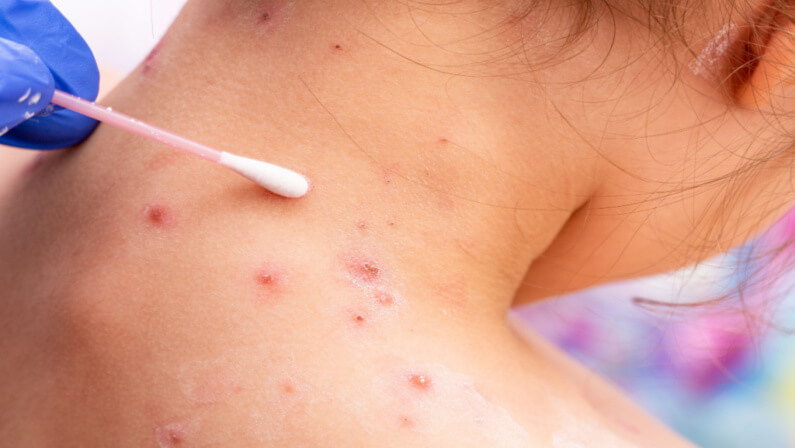
Most common among children, this viral skin disease cause pustules to progress during the illness.
IgA pemphigus
The rare disease involves the weakening of the immune system. Pustules are one of the warning signs of this condition.
Smallpox
This is a deadly disease that shows sores or pustules as early symptoms. They appear for several days until they come off and leave scars.
Pustule symptoms
While pustules look the same as pimples, you can quickly check on their visible marks to identify them from each other.
Pustules commonly have the following characteristics:
- Red and inflamed
- Contains white head or pus-filled with white or yellow fluid
- Pus that comes out when pierced
- Contains a brownish dot in the middle of the white head
- Occur in the face, chest, neck, shoulders, and back
- Tender when touched
- Larger than a common pimple
Most patches are not dangerous. However, you have to be wary of a severe skin condition if the bumps come with the following symptoms:
- Pain and discomfort
- Redness
- Swelling
- Warmth
Seek consultation with a skin expert to determine how to prevent these symptoms from worsening. Book a consultation with Skin Cancer Specialists in our Conroe, Sugar Land, Katy, and Houston locations.
How to prevent pustule
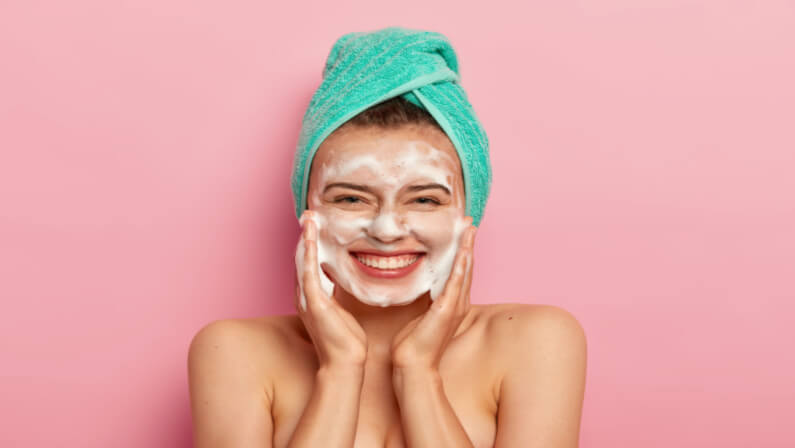
The best way to prevent the formation of an abscess is to keep areas of the skin clean at all times. The common areas prone to acne are the face, back, and chest. These should be cleaned with mild soap twice a day.
The recommendation is to avoid using skin products that have oil that may trigger the skin to form acne.
Pustule Home Treatment
Several home remedies can be done if you want to know how to treat a pustule.
You can eliminate your pustules through these home care remedies:
- Wash with soap. Use mild soaps twice daily to clean the affected area.
- Apply topical treatments. Use over-the-counter medicines like benzoyl peroxide gel and calamine lotion after each wash.
- Avoid make-up. Do not use cosmetics with harmful chemicals that may irritate your skin.
- Don’t touch and pop. Avoid the urge to touch or pick at your blemishes. This will only lead to infection and scarring.
- Use natural products. Natural clay masks can reduce excessive oil from the skin, which can prevent acne formation. You can also use essential oils and aloe vera gel to avoid inflammation.
Pustule Medical Treatment
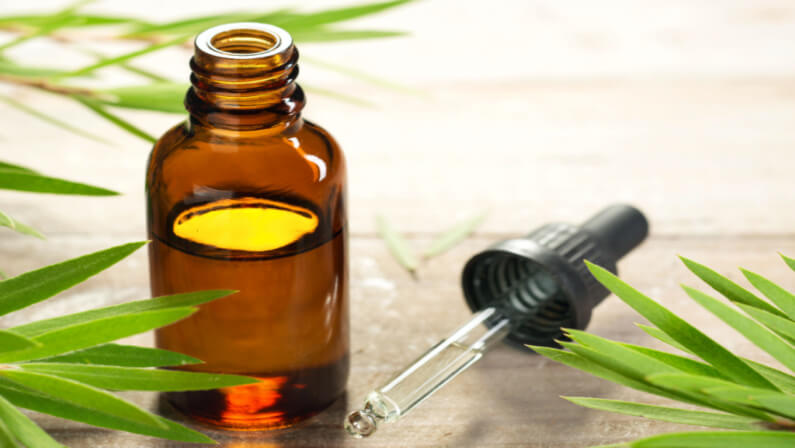
Pustules heal on their own. However, if you want to remove pustules immediately due to their unsightly appearance, you can use these medically reviewed treatment options to speed up the healing process.
- Topical Treatments. Creams and gels can serve as spot treatments for blemishes. You may also use mild cleansers, and body washes to keep the face clean. Products that are effective in pustule treatment should contain salicylic acid for exfoliation, retinoids for vitamin A, and benzoyl peroxide for the killing of bacteria on the skin’s surface.
- Oral Treatments. Prescription medications such as oral tablets are powerful in eliminating acne, such as isotretinoin. This treatment should be used only with a physician’s supervision as it can cause severe birth abnormalities.
- Photodynamic Therapy. Combined light therapy and light-activated solution to shrink the oil glands. This results in a reduced amount of oil in the pores.
- Alternative Therapies. Natural products contain nutrients that can help in treating the bumps. They are said to hold different kinds of properties that effective in keeping the skin exfoliated, moisturized, and clean. However, there is a limited study that links to its effectiveness. The natural products include tea tree oil that relieves pain and irritation in the skin, jojoba oil for Vitamin E, and aloe vera for moisturization.
Get treatment for pustules
While pustules are typical and they can go away in time, you can still get treatment for it if you want to remove them immediately.
Skin Cancer Specialists is here to provide you with a diagnosis or treatment for your skin dilemma and an accurate assessment of what type of treatment you need.
Book a consultation with Skin Cancer Specialists in Conroe, Sugar Land, Katy, and Houston, and get rid of your unwanted pustules today.


